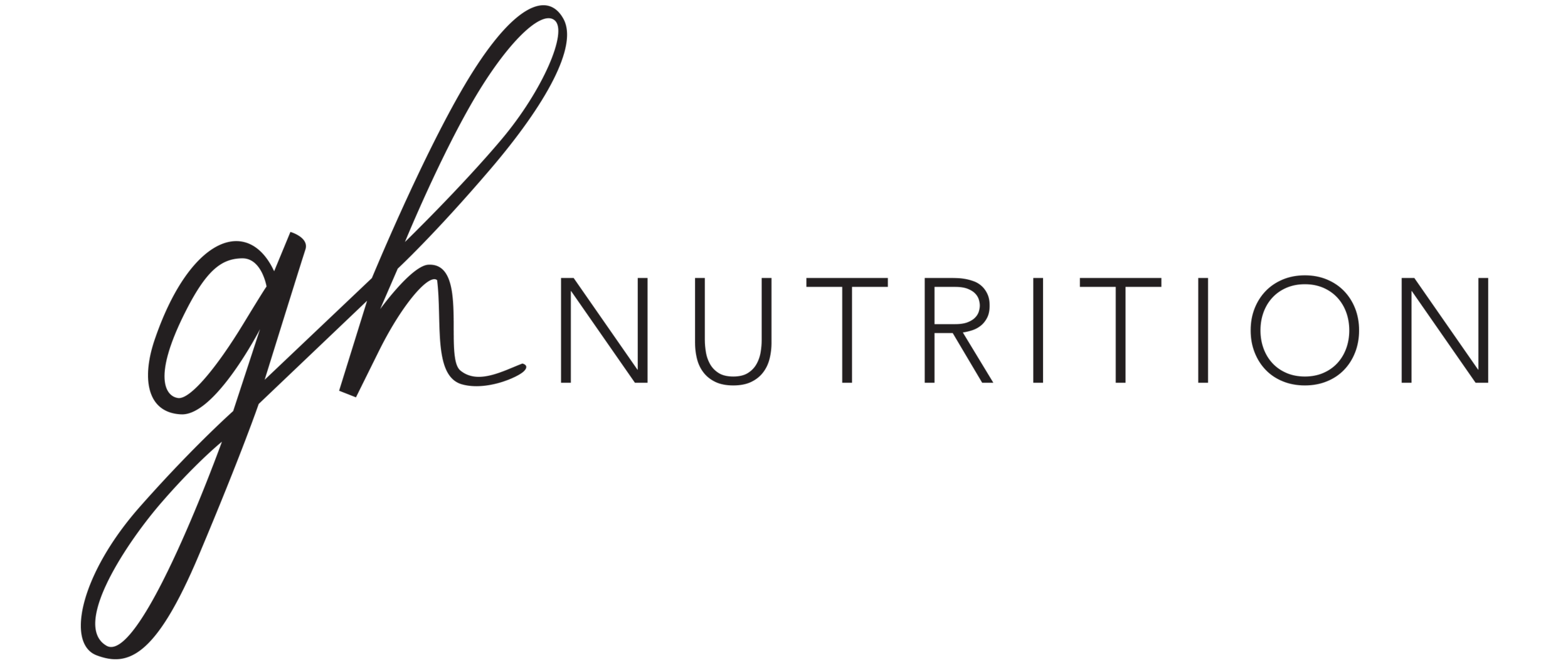Don't Know What To Eat? Here's My Build-A-Meal Guide
Do you often wonder what and how much you should be eating?
Do you travel often and don’t know what to pick from the menu?
Do you wish you had the tools to build a nutritious meal or snack, no calorie counting or fitness app involved?
What I see so often in my clinic is smart women, killing it in their professional and personal life, but when it comes to what to put in their bodies they don’t know what to do.
Feeling confident about what to eat seems a thing of the past. And rightly so, when words like wheat-free, gluten-free, grain-free, dairy-free, lactose-free, paleo, vegetarian, pescatarian, ovo-lacto vegetarian, vegan, raw vegan, fruitarian, nut-free, fun-free, low FODMAP, sugar-free, low carb, low fat, high protein, keto, alkaline, blood type diet, anti-candida diet, low G.I, low sodium, macrobiotic and Mediterranean diet…..are flashing all over our news feeds.
Wowza, who else needs to take a hot minute after all of that!
The choice of what to (and not) put on our plates can be so overwhelming, it’s no wonder that people are confused, stressed out and over it before it even begins.
I do believe there is no ideal diet for everyone, and what may be ideal for you now will change according to life circumstances, time of the month and even time of day. In my clinic, I see women that have gone so far down the reductionist pathway that they have lost sight of the bigger picture (it happens to the best of us, read about my experience here).
It’s time we strip it back to the basics.
As a general rule of thumb, I recommend my clients start here (aside from individual medical conditions, food allergies and intolerances). Here, being a whole-food diet filled with a variety of fresh vegetables and fruit, lean protein, wholegrain carbohydrates and healthy fats.
When you prioritise your meals and snacks with these food groups, it ensures your body is getting the nutrients it needs for optimum health. It will also assist in helping you feel more satisfied after meals and allow you to have greater energy, focus and control over your moods. Sign me up for that!
From now on, I want you to aim for each main meal to have something from each of the following food groups and for snacks, aim for two.
Fruits and Vegetables
Aim to fill half your plate with non-starchy fruits (maximum two per day) and vegetables.
This food group is nature’s real ‘superfood’, as they are packed with a wide variety of vitamins, minerals and other fantastic nutrients essential for good health.
High in fibre, fruit and vegetables are also great for good gut health and keeping us feeling fuller for longer. Their low kilojoule content also makes them perfect if you are trying to maintain a healthy body weight.
Protein
Include a palm-sized portion of protein-rich foods such as lean meats, poultry, fish, eggs, nuts and seeds, legumes, tofu or dairy at each meal.
Protein-rich foods are a great source of iron, zinc, iodine, vitamins, especially B12, and essential fatty acids and will help you to manage your appetite and feel satisfied after eating.
Include a wide variety of protein sources and aim for at least one meat-free dinner each week. (I love having red meat two nights a week and always feel stronger for it).
Carbohydrates
If you know me, you know I love my carbs and I am a big supporter of their place on our plates.
Add a cupped-hand sized portion of complex carbohydrates i.e. wholegrains, legumes or starchy vegetables to each meal. These babies fuel your brain, give you energy to move about your day and are fibre rich for good gut health.
Complex carbohydrates are minimally processed, meaning they retain the whole grain and its nutrients and are slowly absorbed into the bloodstream. This also makes them more filling and a good option for those trying to maintain a healthy body weight or manage type 2 diabetes.
Healthy Fats
Add 1-2 thumb-sized portions of healthy fats to most meals.
These fats, known as monounsaturated and polyunsaturated fats, are found in foods such as nuts and seeds, avocado, olive oil and oily fish and are packed with so many nutrients for good health, both internal and external.
These fats help to lower and balance cholesterol, reduce the risk of inflammation in the body, make and balance hormones, keep our skin supple and our hair and nails thick and shiny. I call healthy fats, glow foods!
To see how simple the build-a-meal guide can be, check out my Nourish Bowl recipe. Switch it up each time to get different nutrients!
For snack ideas, below are some healthy ideas that include at least two of the food groups:
Apple (fruit) with nut butter (healthy fat)
Yoghurt (protein) with nuts and seeds (healthy fat/protein)
Veggie sticks (veggies) with hummus (healthy fat/protein)
Rice cakes (carbohydrates) with nut butter (healthy fat) and sliced banana (fruit)
Vita-weats (carbohydrates) with avocado (healthy fat) and hard-boiled egg (protein).
If you still need a hand with knowing what to eat for your body, I happen to know a lot about food. And nutrition. And mental well-being. It’s a winning combo. Get in touch here and we can chat about your options.
G
x


